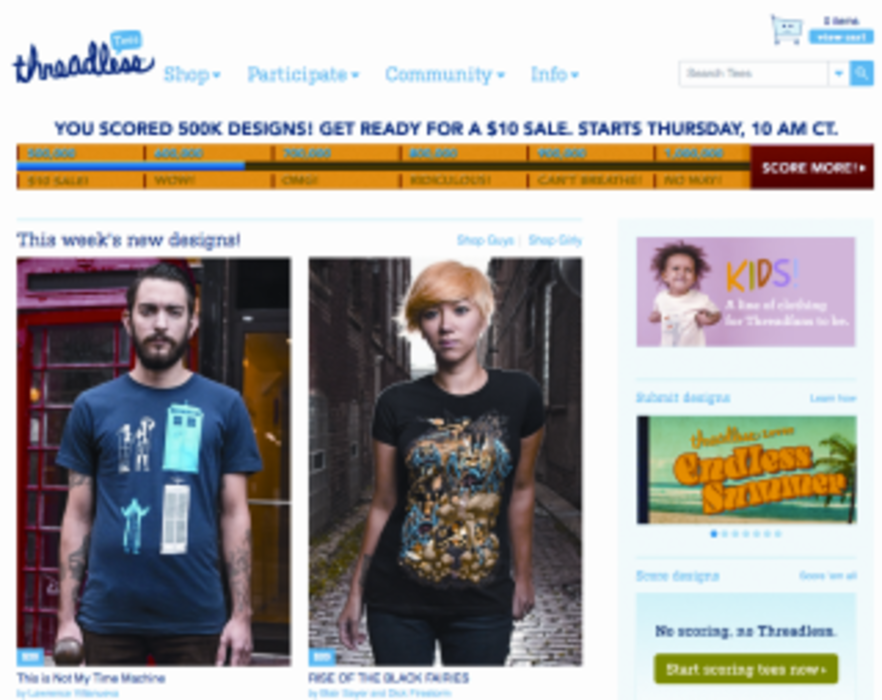The premise of customer database segmentation is that marketing and consumers are not one-size-fits-all. Traditionally, marketers segmented huge databases of customers by geography and purchase history. But as consumer behavior has become more trackable, marketers are using that data to categorize consumers on a deeper level and target them with unprecedented precision. ?
Segmentation based on behavior, especially online, is helping marketers better detect patterns. ?
“The biggest change is on the digital side, but everything’s trackable now,” says Tony Ali, SVP and CTO of BKV, a direct response agency that encourages an integrated approach using email, direct mail, online ads, brand websites, and mobile ads or sites. ?
“When we send a customer an email, we’re able to track behavior from what time a customer is most likely to open an email to what links they click on in an email,” says Ali. ?
By tracking behavior across media, marketers can determine the most effective channel for each type of consumer, as well as when and how they typically shop and where they are in the consumer lifecycle. ?
At Threadless, a community-based online apparel store, consumer data is collected through analyses of buying behavior, email interactions, and by directly asking the consumers themselves what they want. “Our intention with promotional efforts is to engage with customers and community members in a way that suits them, delivering the right content via the right channel,” says Liz Ryan, director of email marketing at Threadless. ?
At Zappos.com, the focus is also on presenting the most relevant products and offers to customers in marketing communications, with most consumer data collected on the site itself. Emails are also a core part of the brand’s ?behavioral-tracking strategy. ?
“Testing and versioning tends to be easier in email campaigns, since the response is more immediate and can be measured more directly,” says Michael Fellner, email marketing manager at Zappos.com. “Direct mail lacks the immediacy, and segmentation factors tend to be less granular. In direct mail pieces, content tends to drive segmentation. In email, the customer segment may drive content.”?
Customer data may be easy to capture, but it’s always in flux, especially in mercurial economic conditions. Marketers are devoting more resources to the study of customer data in order to discern long-term patterns. Custora, a new company in the segmentation space, captures data to predict the ?lifetime value of each customer and then segments customers by these future expectations. ?
“The [recency, frequency, monetary] approach assumed a customer who spends a lot now always will, but that turns out to be wrong about half the time,” says Jon Pospischil, cofounder of Custora. “We’re able to compare a customer to other customers like him to make predictions. We understand a consumer’s baseline pattern and then detect when something strays off. We want to learn what’s happening to this customer, and figure out the best way to communicate right now.”
Featured Post: Marketing: Meaning, Strategies, and Careers







